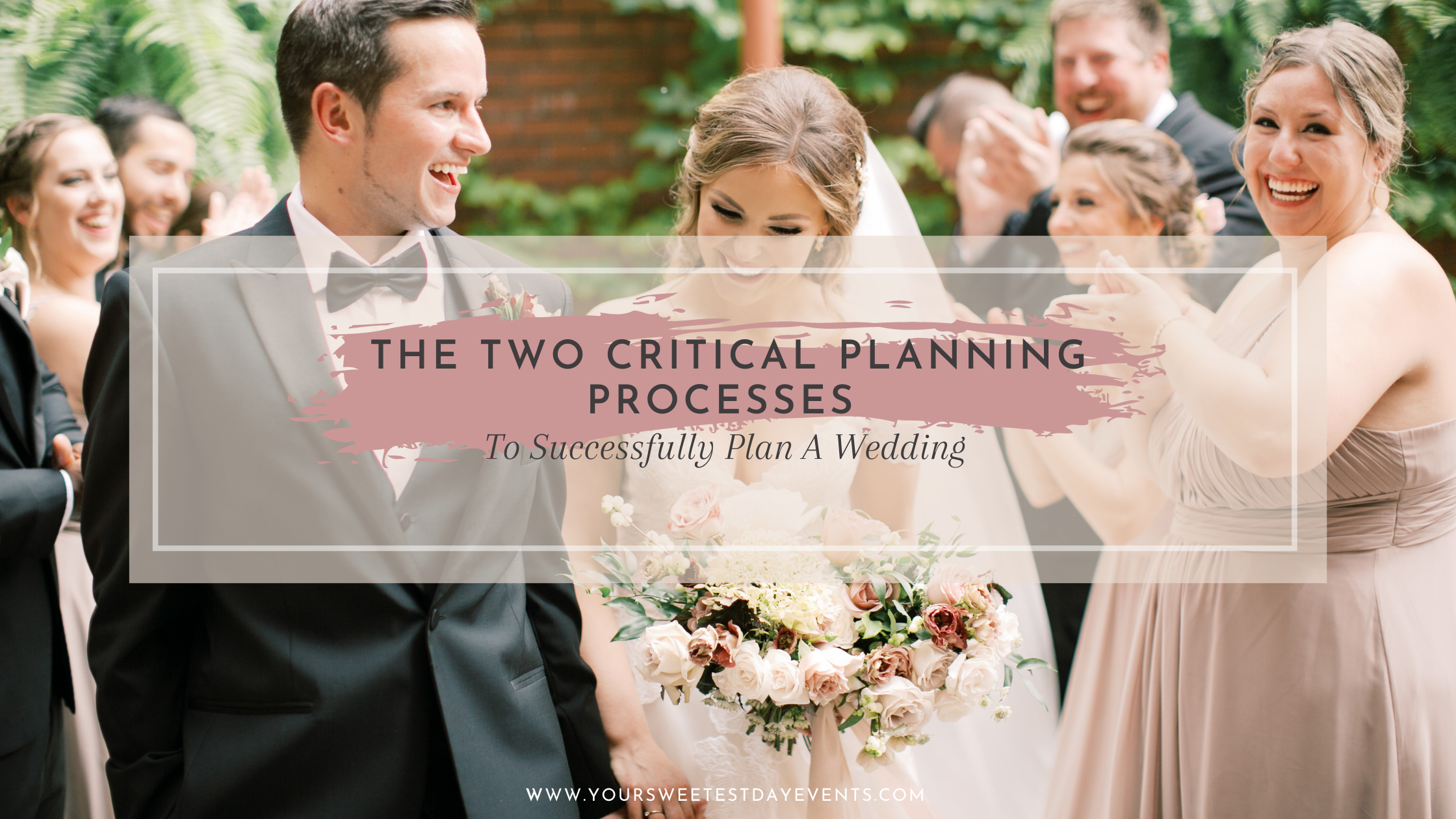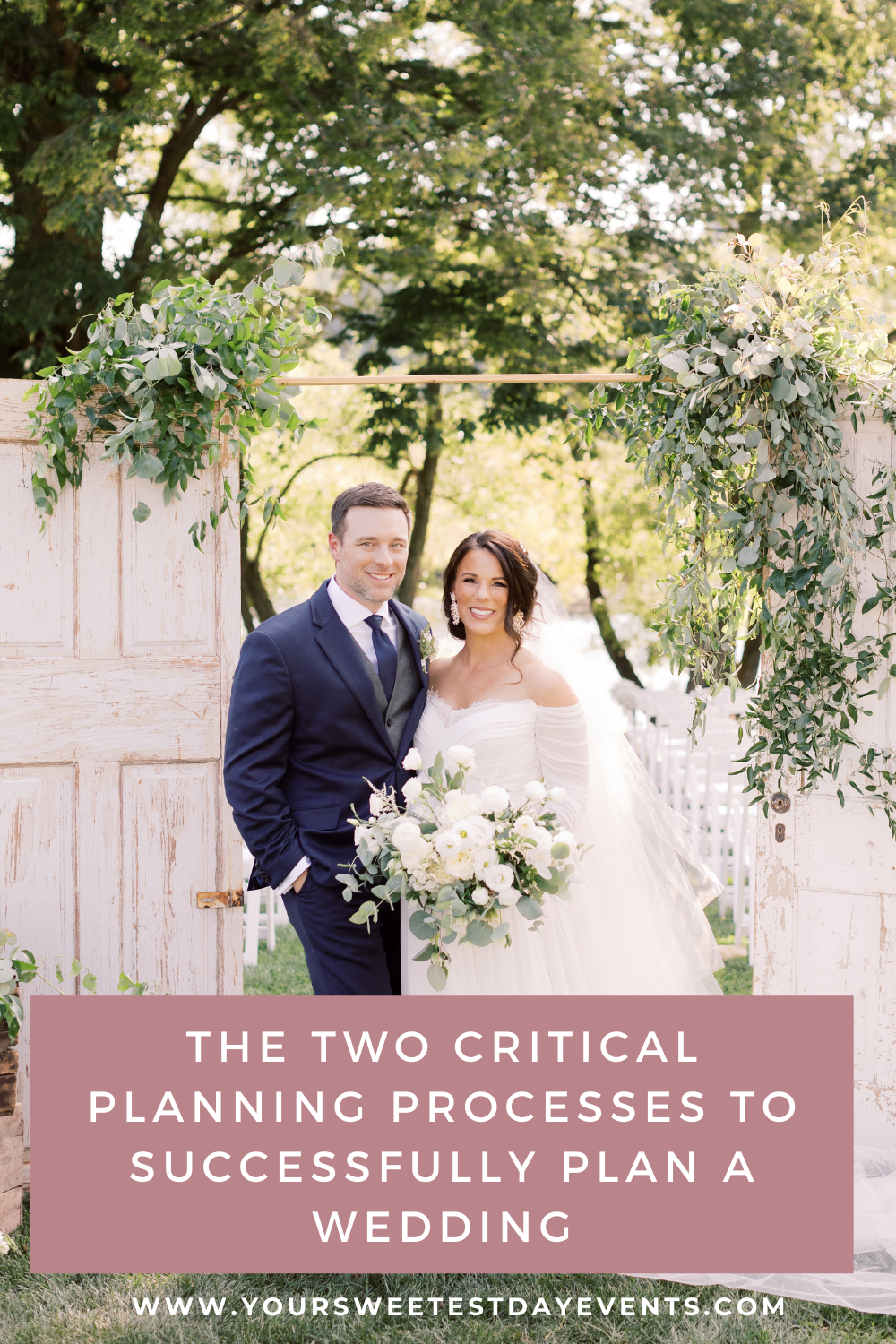welcome To Bea Inspired - the Journal

If you are newly engaged – first Congratulations!! This is one of the most wonderful times of the year for newly engaged couples – it’s one of the reasons why the industry calls it engagement season {#funfact – the time from November – mid February (with the exception of July) is when most engagements take place during the year!}
Many couples – possibly like yourself – are eagerly diving into the planning process. Perhaps you are too {if you haven’t already be sure to grab my guide here on how to get started with wedding planning – it’s jam packed with everything you need to know to get started on the right foot!}
Perhaps you’ve already taken time to peruse Pinterest, The Knot, Martha Stewart, and maybe it’s all starting to feel well a little overwhelming. I get it! Trying to piece together your wedding planning approach and then wedding itself, isn’t something for the faint of heart – especially in today’s information overload world.
But I can assure you – based on my 7+ years of industry based experience, there is a much more efficient, effective, and streamlined way to approach planning a wedding and it starts with breaking the planning process down into tasks that are grouped together in relatable phases. Let’s dive in.
Two Parallel Planning Processes
There are essentially two parallel planning processes that take place during the wedding planning experience. We believe that it is important to recognize how the two processes work together but also how each should be approached independently of each other at various parts in the planning process. They each have their own recommended step by step approach and at various times in the planning process, we recommend focusing on one over the other and then ultimately bring them together in the final few phases.
So what exactly are the two essential planning processes? The logistical planning process and the design planning process.
The logistical planning process is full of all the details that are needed to make an event run – from big details like:
- determining your venue/date
- nailing your budget
- building your vendor team
To small details like:
- Getting your marriage license
- Purchasing accessories – like your somethings
- Putting together your wedding welcome materials
Each of these logistical planning facets has a specific time when they should be planned for. And each task has a specific decision that should be made before. The tasks are designated in the planning process by things like:
- Decisions that came before them
- Deadlines when they need to be decided by
- Information that is available given how far or how close you are from your event
The order and timing of your planning decisions very much matters to the experience you will have. This is where the strategy of wedding planning comes into play and is something many couples often overlook.
For the design planning process, this planning is focused on the design facets of your event and is something we recommend starting in phase three {check out how we’ve broken the planning process into a six phased approach here}.
The design planning include accounting for big details like:
- The overall design concept {see our design blueprint for details how the approach we recommend using to seamlessly walk through the design process}
- Finalizing your vendor team with design specific vendors
When laid out for you in a phased roadmap, you can begin to see how critical elements of each inform each other. And when you are able to see them broken out this way, you are able to see how each informs the other. You are able to anticipate how your decisions today will impact your decisions tomorrow. And most importantly you are able to see when a critical decision is needed so that you have the foundation for the decisions that will come next.
